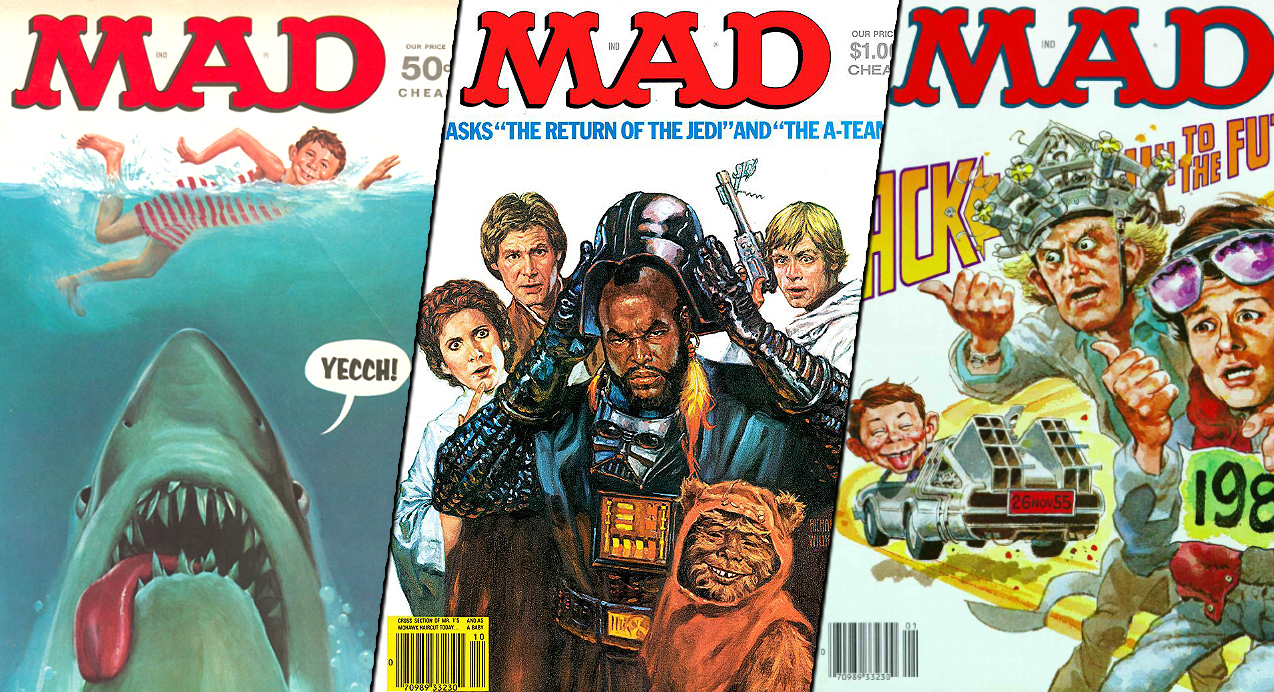RIP Mad magazine and its detail-obsessed movie fanaticism
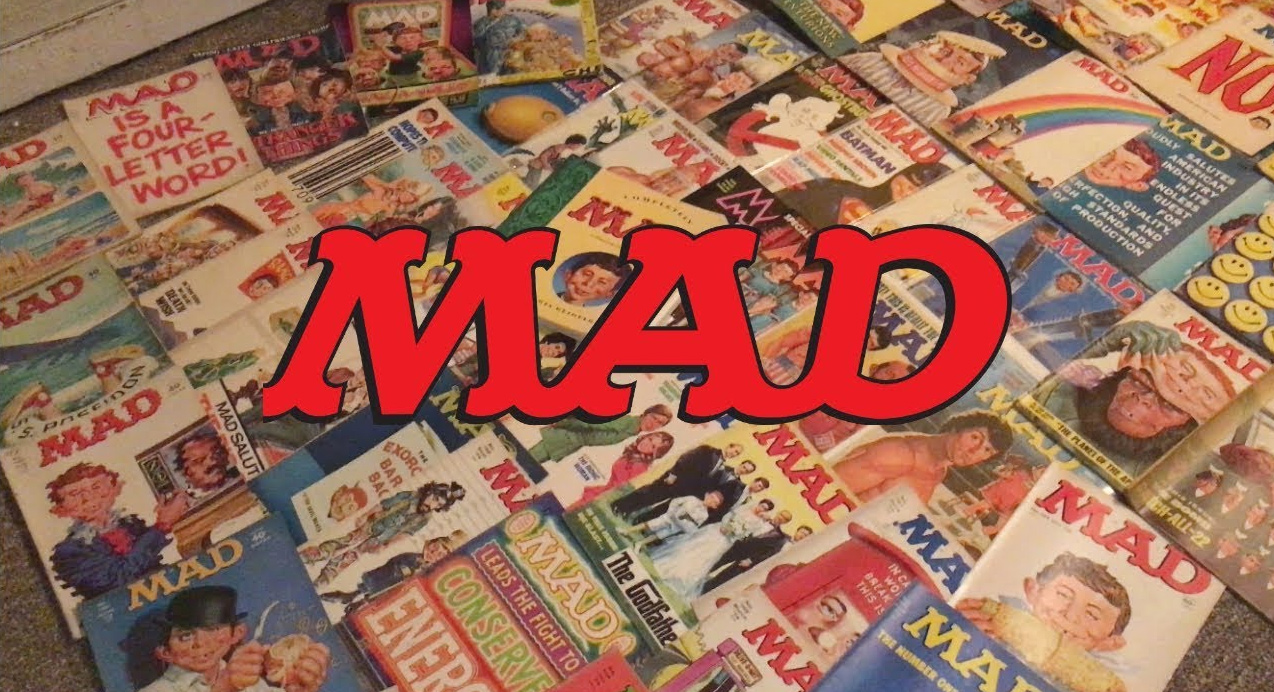
Our resident Mad man Dominic Corry reflects on the sudden sad news of the mag’s demise.
The news that Mad Magazine will cease publishing original content has been met with an outpouring of love for the comedy institution, which despite its iconic status, tends to be a bit underappreciated in the grand scheme of things.
Everyone mostly remembers the fold-ins, but Mad Magazine rarely gets credit for laying the groundwork for the still-dominant pop culture-centric comedic sensibility that The Simpsons would calcify in the 1990s.
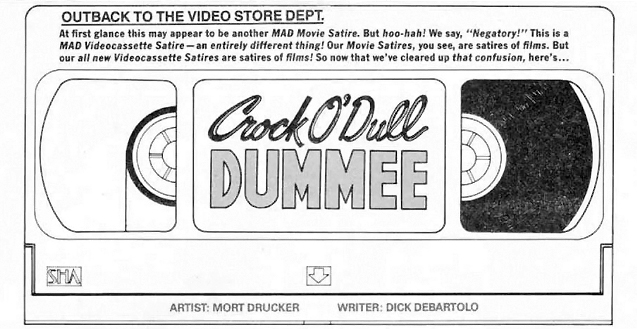
In the 1980s, Mad Magazine was many an antipodean kid’s primary guide to American popular culture, and it played a huge role in the fostering of a certain kind of detail-obsessed movie fanaticism that came to define modern film going.
It permeated every corner of the magazine, but this sensibility was most present in the multi-page ‘satires’ of contemporaneous movies with painful spoof titles like Crock O’Dull Dummee, Beverly Hills Slop, Too! and Dorky Dancing.
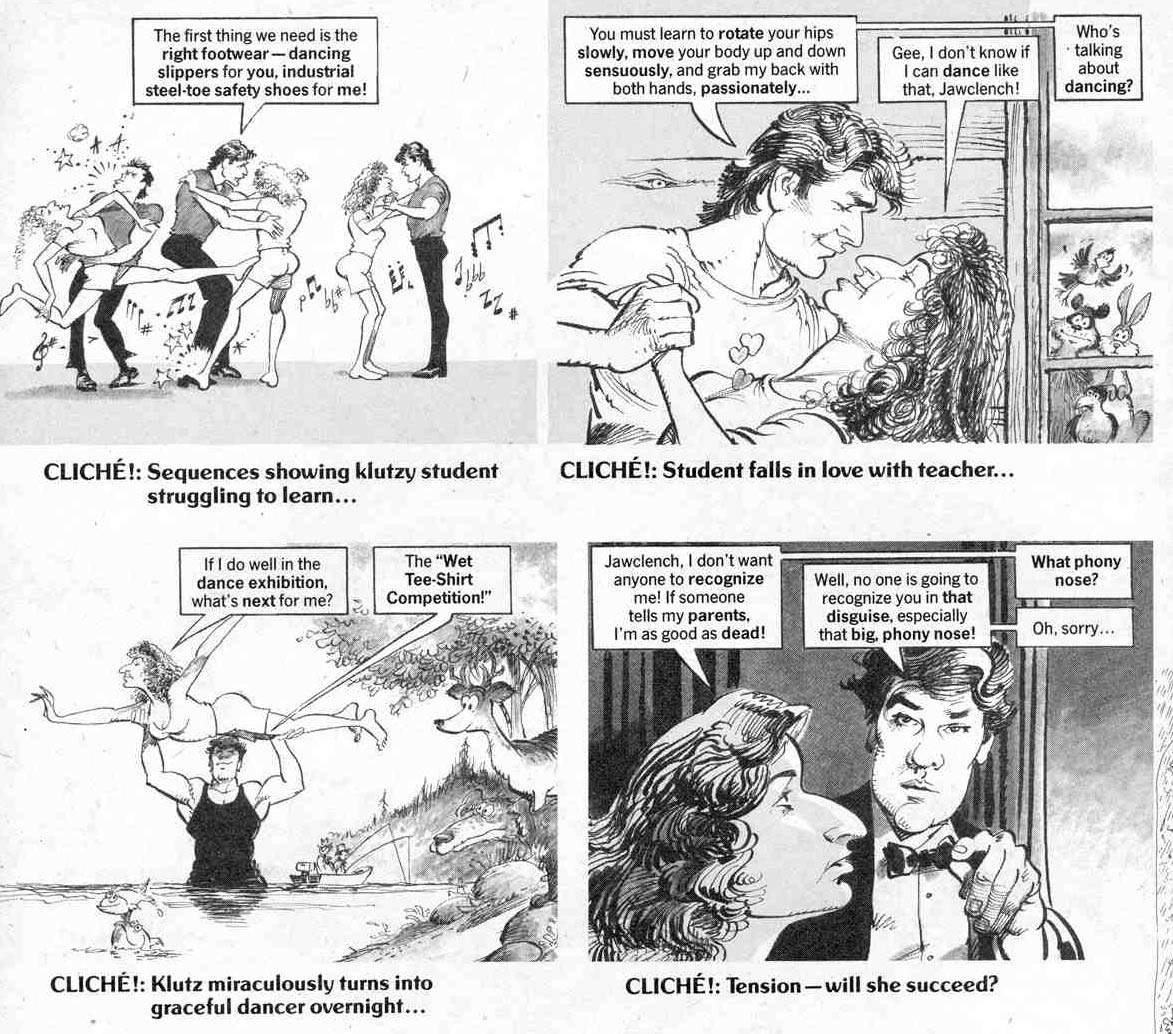
Before the internet, when home video was still a novelty, getting to relish in a movie outside of the theatre was rare, and generally restricted to novelisations (with eight pages of colour photos), records and Mad Magazine satires.
As a 7 to 10-year-old, reading one of the text-heavy movie satires felt like consuming unabridged Tolstoy compared to Spy Vs. Spy. To read an entire satire was an epic undertaking, but it allowed you to experience movies you were too young to see and re-experience films you already loved.
Artists such as Mort Drucker and Angelo Torres betrayed a fan’s sensibility in their gorgeous renderings, highlight and capturing moments and scenes with a take that could supersede direct memories of the film itself. I always appreciated the way incidental background characters would carry some detail that alluded to a previous role played by the same actor.
This kind of attention to detail is an afterthought in the internet era, but to see the level of movie affection implied by the satires was a revelation.
There was love in these satires, and they were close enough to their subjects that you could often bluff your way through a playground conversation about a movie having only read the Mad Magazine version. These satires granted ill-earned bragging rights.
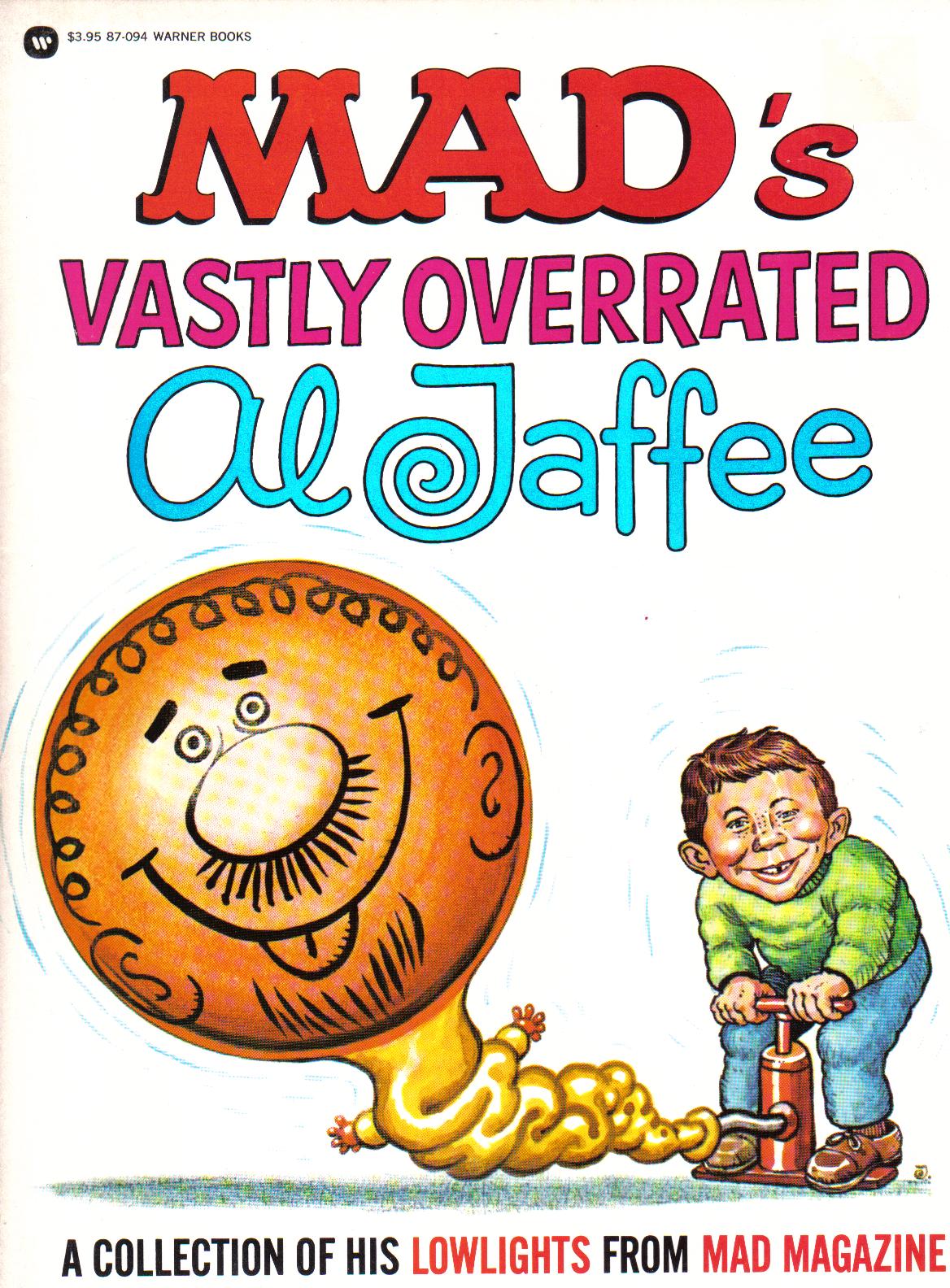
There are many other things about Mad Magazine that I love—anything by Don Martin, Sergio Aragonés and Al Jaffee—but some of my fondest memories will always be for those dense movie satires.
I check in on Mad a couple of times a year, and while much has changed over the years, Aragonés and Jaffee still contribute new material to the magazine at 81 and 98 years of age, respectively. Last year, the magazine was relaunched with a new issue #1, but that mild re-branding doesn’t appear to have been successful.
If you loved American shit in the 80s, especially movies, Mad Magazine was an essential text. It’s centrality to the pop culture conversation may have greatly diminished over the years, but we all live in a world Mad helped create, and it should be recognised for that.
